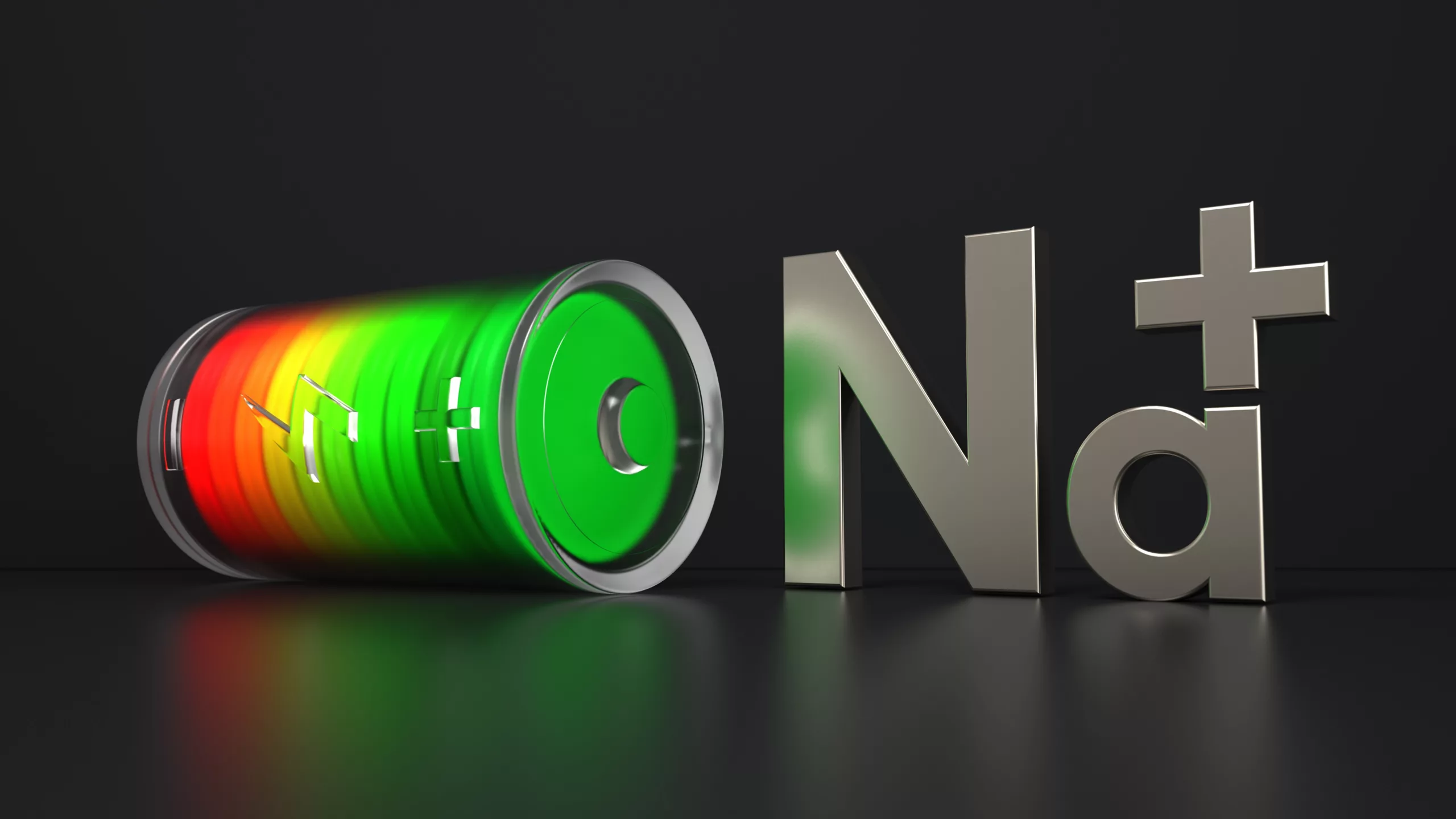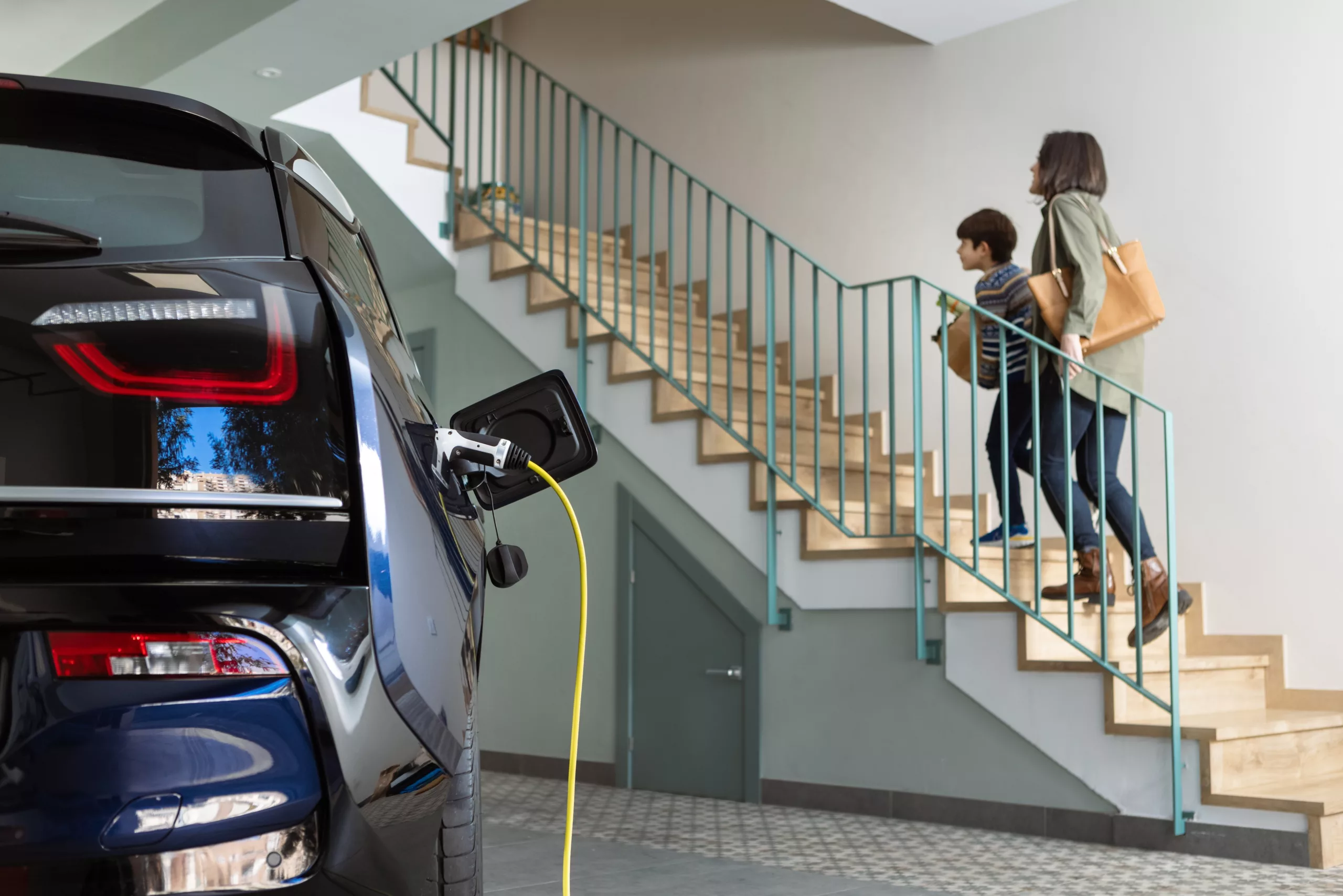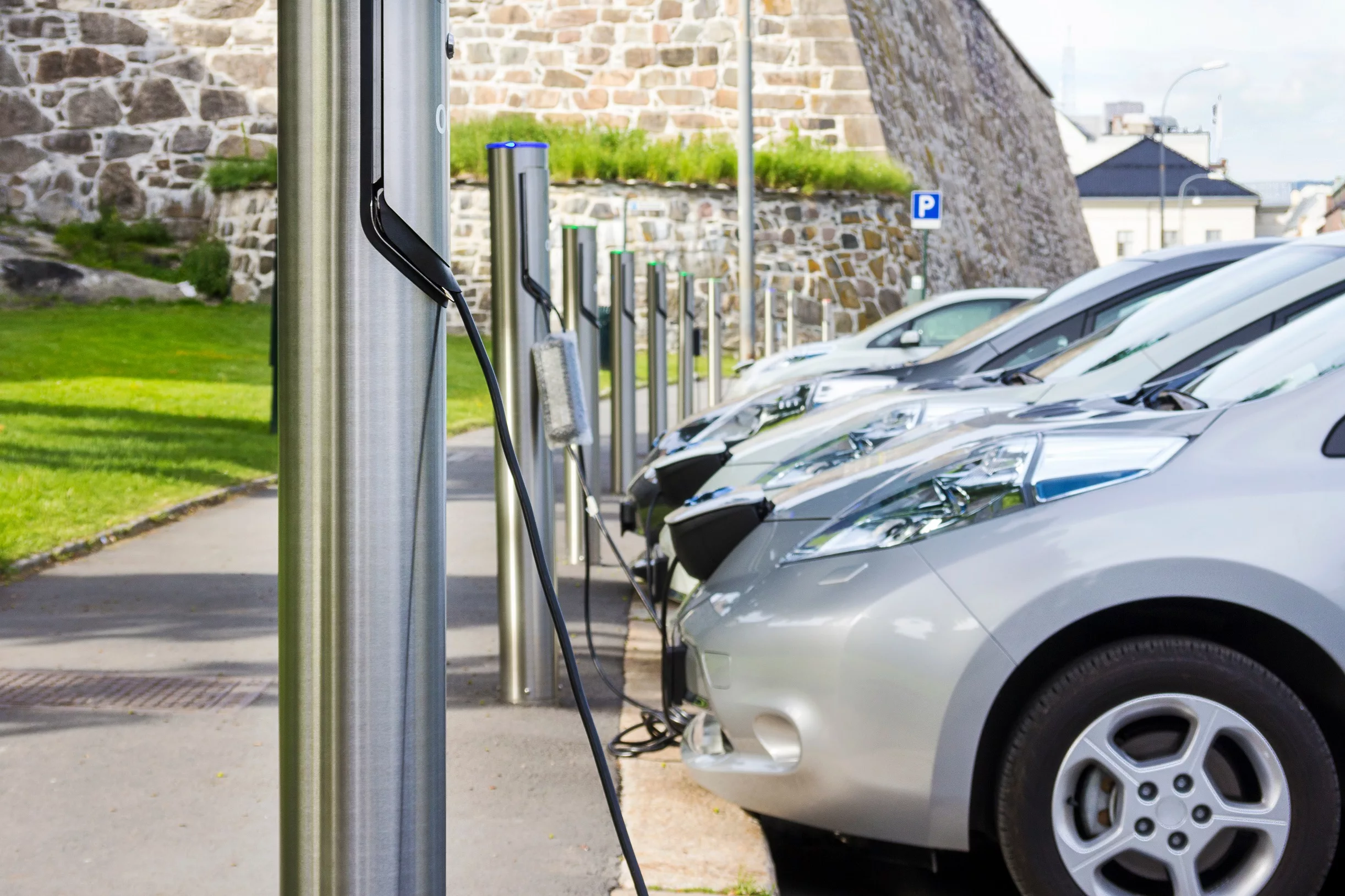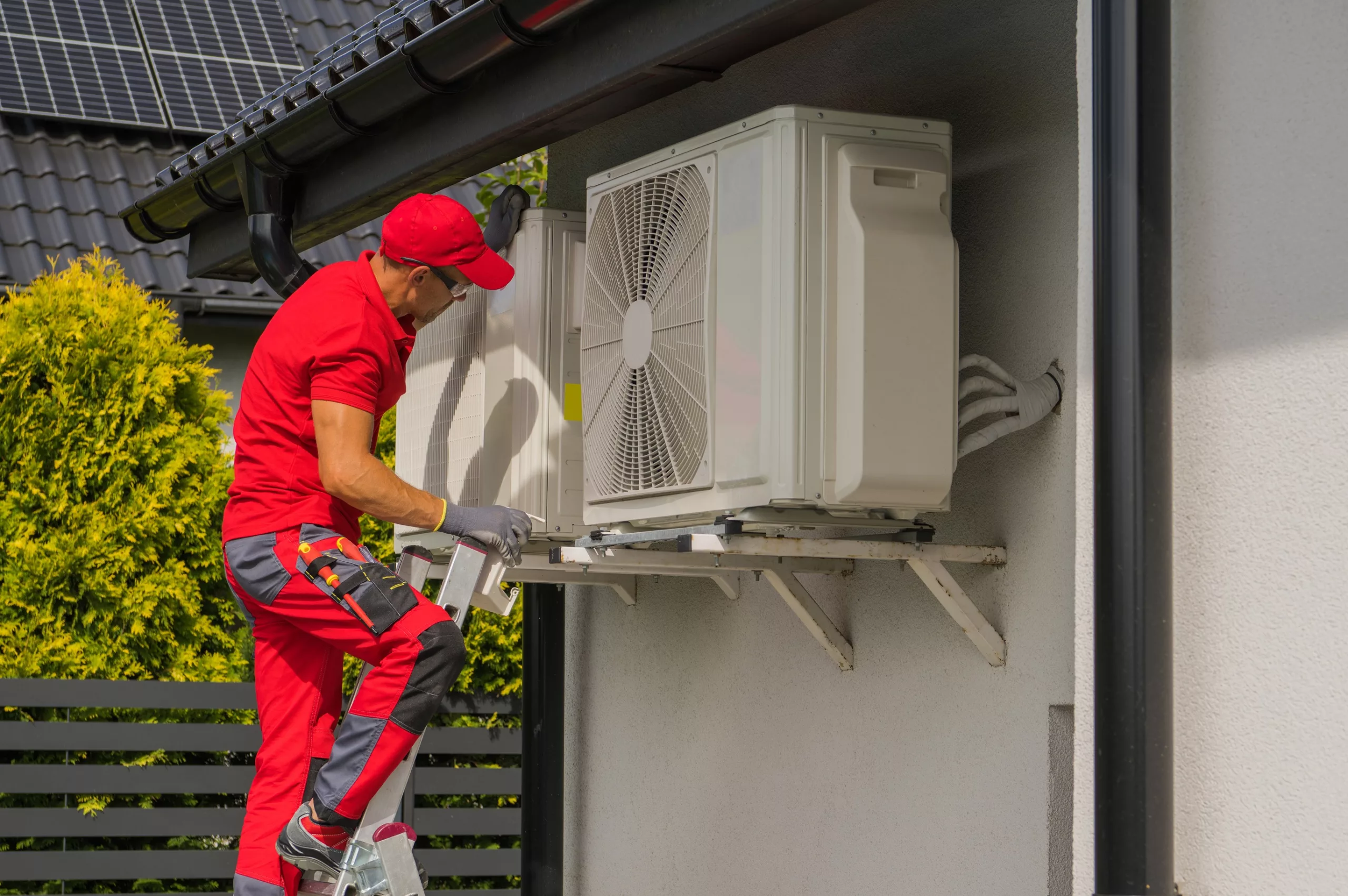June 2023 Newsletter
ICAST Experts Weigh In: Optimizing Health and Energy Solutions for Affordable Housing

Max Wilkinson | Healthy Homes Program Manager
Mr. Wilkinson helps design and shepherd ICAST’s efforts to improve home health for tenants in multifamily affordable housing.
ICAST’s goal with every multifamily retrofit is to increase home health, safety, comfort, and affordability for low- and moderate-income tenants. We have a custom, whole-building approach—in other words, we identify and deliver the best solutions for each household or property. Projects can incorporate weatherization, healthy home interventions, high-efficiency heat pumps, solar energy storage, EV chargers, energy management systems, and more.
We rely on a cross-section of tools, insights, and best practices for improving housing to get this done. For example, ICAST is a national leader in leveraging resources from the U.S. Dept. of Housing and Urban Development’s Healthy Homes (HH) Program and the U.S. Dept. of Energy’s Weatherization Assistance Program (WAP). The HH program focuses on identifying and mitigating home health hazards, such as pollutants that contribute to poor indoor air quality (IAQ). The WAP focuses on reducing utility bills and improving home energy efficiency. Both are crucial for improving the quality of life for low-income households. Read more here

Chery to be 1st Automaker to Adopt CATL Sodium-ion Batteries
CATL’s sodium-ion batteries are not far from starting to be installed in vehicles, after the Chinese power battery giant unveiled the new batteries in July 2021.
CATL’s sodium-ion batteries will first be used in Chery’s models, the battery maker announced.
Sodium-ion batteries will break through resource bottlenecks and is a cost-effective choice, CATL said, without giving further details.
CATL will hold a zero-carbon strategy launch event from 15:00 to 15:20 on the first day of the Shanghai auto show on April 18. Its booth at the event is 8B05 in Hall 8.2.
CATL unveiled its first-generation sodium-ion battery on July 29, 2021, saying that the energy density of the cell alone had reached 160Wh/kg. Read more here


ICAST Policy Blog
White House Announcements
Environmental Protection Agency Releases Framework for Greenhouse Gas Reduction Fund
The Environmental Protection Agency (EPA) released new details on implementing the $27B Greenhouse Gas Reduction Fund (GGRF). Funds for the GGRF were provided by the Inflation Reduction Act (IRA); this Program will leverage public investment with private capital to finance clean energy projects that reduce electricity bills, create jobs, and reduce air pollution, with a focus on low-income (LI) and disadvantaged communities (DACs). Per EPA’S announcement, there will be three grant competitions:
- a $14B National Clean Investment Fund that will fund 2-3 national nonprofits that will partner with private capital providers to deliver financing at scale to businesses, communities, community lenders, and others,
- a $6B Clean Communities Investment Accelerator will fund 2-7 hub nonprofits that will build the clean financing capacity of specific networks of lenders, including community development financial institutions (including Native CDFIs), credit unions, green banks, and housing finance agencies, and
- a $7B Solar for All competition will provide up to 60 grants to States, Tribal governments, municipalities, and nonprofits to help prime LI communities and DACs for residential and community solar investment.
EPA intends to start accepting applications as early as June 2023.
Biden-Harris Administration Releases Inflation Reduction Act Guidebook for Tribes
The White House released the “Guidebook to the Inflation Reduction Act’s Clean Energy and Climate Investments in Indian Country,” which clearly describes the law’s tax incentives and funding programs for which Tribes are eligible. The IRA provides more than $720M to help ensure greater access to clean and affordable electricity within Tribal lands and Native communities and increase resiliency in the face of climate change. Read more here

Leveraging Available Incentives for EV Charging Infrastructure on Multifamily Properties
by Ravi Malhotra
NH&RA Tax Credit Advisor, June 2023
As demand for electric vehicles (EVs) intensifies, multifamily (MF) owners and operators are increasingly forced to explore their EV charging options. EV sales have soared, increasing by 67% from 2021 to 2022, and the U.S. Dept. of Energy (DOE) has adopted an International Code Council provision requiring apartment communities to provide EV charging infrastructure for up to 20% of lots with 25 or more parking spaces. States such as California and New York are working to phase out sales of new gas-powered vehicles within the next 15 years. The Inflation Reduction Act (IRA) established valuable tax credits for purchasing EVs, and the Bipartisan Infrastructure Law (BIL) provided funding to build out the nation’s EV charger network.
Installing EV charging infrastructure can improve property value, help property owners attract and retain tenants, and reduce the disproportionate cost of transportation for low-income residents. As MF affordable housing (MFAH) property owners weigh infrastructure and charger options for their properties, it is important to consider installation costs, which can vary based on factors. Read more here

Green Tech Insights – Why ICAST is Electrified by Heat Pump HVAC
Heat pumps for space conditioning and water heating are an increasingly important part of ICAST's efforts to deliver economic, environmental, and social benefits in the multifamily housing market. Heat pump HVAC systems provide heating and cooling, transferring heat from one area to another rather than generating heat. They can be several times more efficient than conventional space heating and cooling systems such as furnaces, boilers, and central air conditioners.
These systems aren't new. The technology has been around for decades, and they are a popular heating appliance in milder climates in the U.S. However, recent technological innovations have dramatically improved their performance and efficiency. Heat pumps can:
· curb multifamily affordable housing (MFAH) property owners' operational costs, such as maintenance or repairs for old, faulty, or simply more expensive and inefficient conventional systems,
· replace aging HVAC at the same price for a "business as usual" system or a lower one (assuming there are available incentives—more on that below),
· reduce tenants' utility bills, and
· create healthier, safer, and more comfortable environments for tenants. Read more here
Sign Up for the ICAST Newsletter
